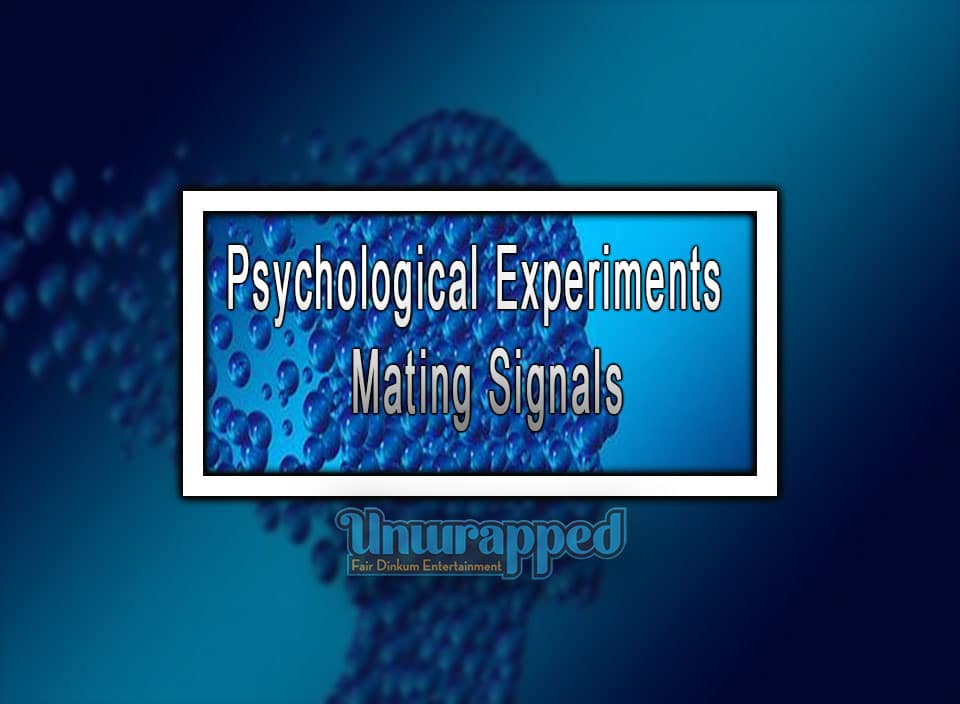Iron is an essential mineral that plays several vital roles in the body. It’s integral to producing hemoglobin, a protein that helps red blood cells transport oxygen around the body. When your iron levels are low, this process can be disrupted, leading to a condition known as mild deficiency.
Common symptoms of iron deficiency include fatigue, weakness, pale skin, shortness of breath and dizziness. According to the World Health Organization, it is one of the most common nutritional deficiencies worldwide, disproportionately affecting women, children, and those in developing countries. You might be able to avoid this deficiency with the proper nutrients and supplements like Fefol.
If you suspect you’re deficient in iron, seeing your healthcare provider for a formal diagnosis is crucial. Iron deficiency can sometimes be a symptom of other health problems, such as gastrointestinal bleeding. If your doctor confirms that you have an iron deficiency, they’ll typically recommend incorporating more iron-rich foods into your diet.
This blog post will guide you through the ins and outs of iron nutrition, focusing on food solutions that can help overcome iron deficiency.
Understanding the Types of Iron: Heme vs. Non-heme
Before we dive into the list of iron-rich foods, it’s essential to understand that there are two types of dietary iron: heme and non-heme.
- Heme iron is found in animal products like meat, poultry, and fish. The body more readily absorbs it compared to non-heme iron.
- Non-heme iron is found in plant-based foods like beans, lentils, and spinach and is not as easily absorbed by the body.
Therefore, a balanced diet should contain both types of iron.
Iron-Rich Foods
Let’s take a look at foods that are rich in both heme and non-heme iron.
Heme Iron Foods
- Red Meat: Red meat, particularly beef and lamb are excellent sources of heme iron. They provide a high concentration of iron and contain a type of protein that helps your body absorb it.
- Poultry and Fish: While they have less iron than red meat, poultry, and fish are still good sources of heme iron. Tuna, salmon, and chicken are some of the best choices.
- Shellfish: Shellfish such as oysters, clams, and mussels are not only rich in iron but are also low in calories, making them a healthy addition to your diet.
Non-Heme Iron Foods
- Beans and Lentils: These legumes are an excellent source of non-heme iron. They’re also high in fiber, making them beneficial for digestive health.
- Leafy Green Vegetables: Spinach, kale, and Swiss chard are just a few of the leafy greens that contain high levels of non-heme iron. They are also packed with vitamins and minerals that support overall health.
- Fortified Foods: Many breakfast cereals, bread, and pasta are fortified with iron. These can be an easy way to boost your iron intake, especially for those with dietary restrictions.
Enhancing Iron Absorption
It’s not just about the iron-rich foods you eat but also how well your body absorbs that iron. To enhance absorption, pair iron-rich foods with foods high in vitamin C, which helps the body absorb non-heme iron. Foods rich in vitamin C include citrus fruits, strawberries, bell peppers, and tomatoes.
Conversely, certain foods can hinder iron absorption. These include foods rich in calcium (like milk and cheese) and foods containing phytic acid (like whole grains and legumes) or tannins (like coffee and tea). Try to consume these foods at different times when you eat iron-rich foods.
Supplementation
While food should be your primary source of iron, some individuals may require iron supplements, especially those with a diagnosed deficiency, pregnant women, or specific dietary restrictions. It is crucial to consult with your healthcare provider before starting any supplementation regimen, as too much iron can cause damage to your body.
Conclusion
Iron deficiency is widespread, but it can be combated by being mindful of your dietary choices. Including a variety of heme and non-heme iron sources in your diet, pairing iron-rich foods with vitamin C-rich foods, and avoiding certain foods that inhibit absorption can contribute to maintaining healthy iron levels. Remember, it’s always important to seek advice from a healthcare provider if you suspect an iron deficiency. With their guidance and the right dietary choices, you can ensure your body is fueled correctly and optimally.










